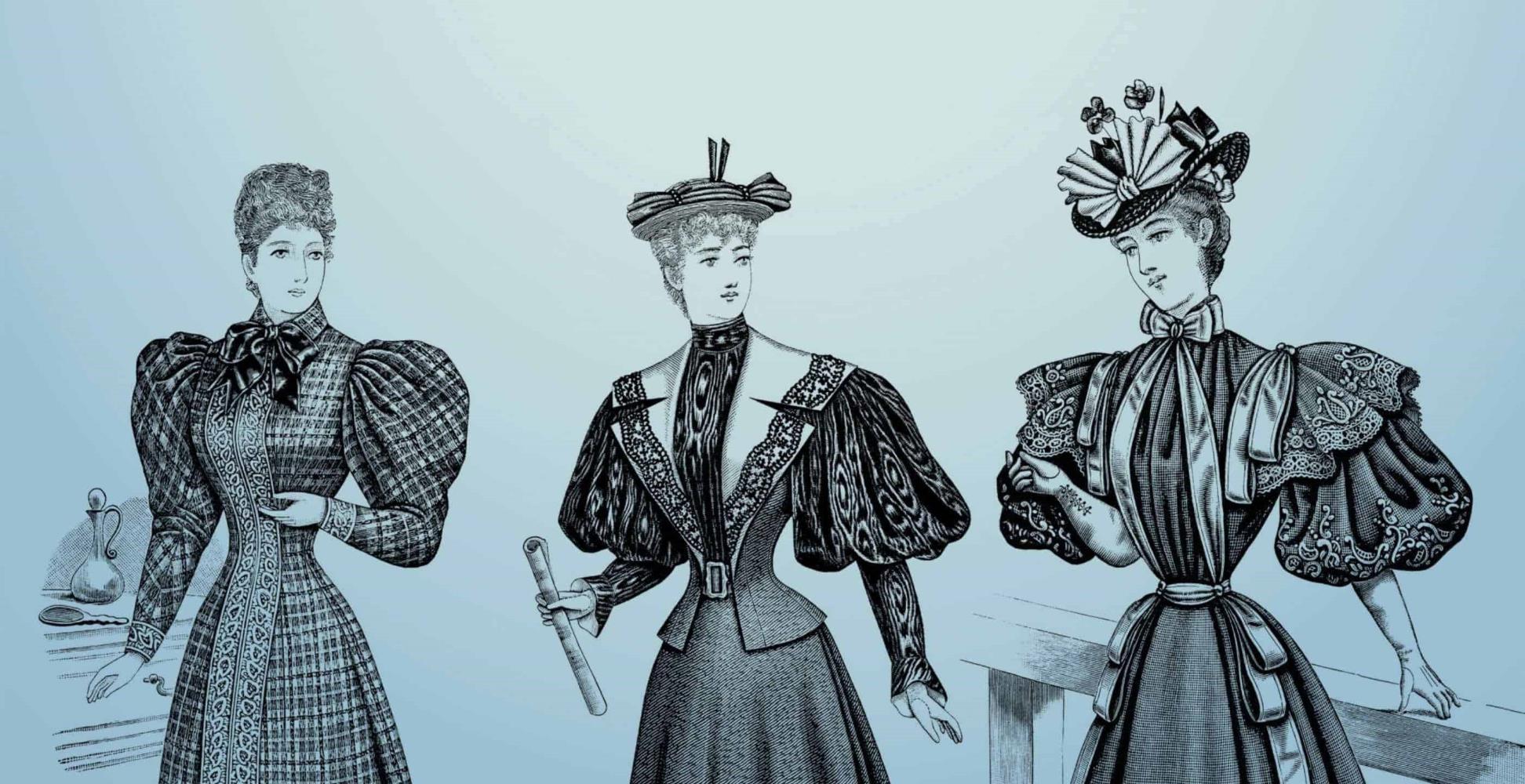
Ever wondered what life was like during the Victorian Era? Well, buckle up because you're in for a fascinating ride through history! This period, named after Queen Victoria, who ruled from 1837 to 1901, was a time of incredible change and innovation. From the grimy streets of London to the opulent halls of the British Empire, the Victorian Era was full of contrasts. Advances in technology, shifts in social norms, and the birth of cultural phenomena that still impact us today make this era uniquely captivating. Victorian Era facts are not just historical tidbits; they're windows into a world that laid the foundations for modern society. Ready to be amazed by tales of invention, fashion, and daily life from over a century ago? Let's step back in time and uncover the marvels of the Victorian Era.
What Defined the Victorian Era?
Spanning from 1837 to 1901, the Victorian era was marked by Queen Victoria's reign over Britain. This period is renowned for its significant industrial, cultural, political, scientific, and military changes within the United Kingdom. However, it was also a time of stark contrasts, with the prosperity of the empire on one side and the severe poverty of its working class on the other.
-
Queen Victoria, the era's namesake, ascended to the throne at just 18 years old and ruled for 63 years, making her one of the longest-reigning monarchs in British history.
-
During this time, Britain experienced the Industrial Revolution, which transformed the country into the world's foremost industrial power.
Innovations and Discoveries
The Victorian era was a hotbed for innovation and discovery, significantly impacting how people lived, worked, and communicated.
-
The London Underground, the world's first underground railway, opened in 1863, revolutionizing urban transport.
-
Alexander Graham Bell invented the telephone in 1876, fundamentally changing global communication.
-
Thomas Edison and Joseph Swan independently developed the electric light bulb in the late 1870s, illuminating homes and streets like never before.
Social and Cultural Shifts
This era wasn't just about technological advancements; it also saw significant social and cultural shifts.
-
Literature flourished with authors like Charles Dickens, the Brontë sisters, and Oscar Wilde, whose works critiqued the era's social inequalities.
-
The Education Act of 1870 made education compulsory for children between the ages of 5 and 10, laying the groundwork for modern public education.
-
Fashion also evolved, with women's dresses featuring tight corsets and voluminous skirts, while men's attire became more standardized with the introduction of the suit.
Global Influence and Empire
Britain's empire expanded vastly during the Victorian era, bringing wealth but also controversy.
-
At its zenith, the British Empire was the largest empire in history, covering over a quarter of the world's land area and population.
-
This period also saw the Opium Wars with China, which resulted in the cession of Hong Kong to Britain in 1842.
Challenges and Contradictions
Despite its advancements, the Victorian era was also riddled with challenges and contradictions.
-
Child labor was rampant, with children as young as five working in factories, mines, and as chimney sweeps.
-
The era saw the rise of the British suffragette movement, fighting for women's right to vote, highlighting the period's gender inequalities.
-
Public health crises, such as cholera outbreaks, were common due to poor living conditions in rapidly growing cities.
Technological Advancements
The era's technological advancements were not limited to communication and transportation.
-
Charles Darwin published "On the Origin of Species" in 1859, introducing the theory of evolution and challenging traditional views on creation.
-
The Sewing machine was perfected in the 1850s, revolutionizing the clothing industry and making fashion more accessible.
-
Photography became a popular hobby and tool for documentation, with the first color photograph taken in 1861.
End of an Era
The Victorian era came to an end in 1901 with the death of Queen Victoria, marking the beginning of the Edwardian era.
-
Her death signaled the end of an era that had seen Britain rise to unprecedented heights of power and influence.
-
The legacy of the Victorian era is complex, characterized by remarkable progress and troubling social issues that continued to affect Britain and the wider world long after the period ended.
-
Urbanization accelerated during this time, with London becoming the world's largest city and a symbol of the modern age.
-
Lastly, the Victorian era's influence on literature, culture, and societal norms continues to be felt today, making it a subject of enduring fascination and study.
A Look Back at the Victorian Marvels
We've journeyed through time, uncovering the marvels of the Victorian era, a period brimming with innovation, cultural shifts, and historical milestones. From the transformative power of the Industrial Revolution to the intricate social customs that defined daily life, this era was a pivotal chapter in human history. Advances in science, literature, and social reform during these years laid the groundwork for the modern world, showcasing the enduring spirit of innovation and resilience. As we reflect on these fascinating insights, it's clear that the Victorian era was not just a time of corsets and steam engines but a dynamic period that continues to influence our lives today. Let's carry forward the lessons and inspirations from this remarkable age, appreciating the past's contributions to our present and future.
Was this page helpful?
Our commitment to delivering trustworthy and engaging content is at the heart of what we do. Each fact on our site is contributed by real users like you, bringing a wealth of diverse insights and information. To ensure the highest standards of accuracy and reliability, our dedicated editors meticulously review each submission. This process guarantees that the facts we share are not only fascinating but also credible. Trust in our commitment to quality and authenticity as you explore and learn with us.


